Pickleball is supposed to be a friendly game — until someone messes with your paddle rack spot. I learned this the hard way at my local youth center in Coral Gables, where a scuffle over the open-play system broke out between a court monitor and a group of friends. The root cause? A disagreement over how to take turns. Kindergarten lessons, anyone?
The Great Paddle Rack Debate
The City of Coral Gables recently instituted open play on the pickleball courts at the local youth center every Tuesday and Thursday. I attended one of these sessions on a Tuesday night with my mom, excited for some lighthearted competition. Instead, I found myself amusedly watching a group of grown-ups go head-to-head over—you guessed it—the paddle rack system.
Here’s how it works: players place their paddles on a rack to secure their spot in line, and the city employs a 4 on, 4 off rule to keep games moving. It’s a simple system, and according to the court monitor defending it, “This is how they do it in Naples!” For those unfamiliar, Naples is the unofficial pickleball capital of Florida, home to many retired OG pickleballers and host of the “biggest pickleball party in the world.” If Naples does it, it must be gospel, right?
The Best Paddle Queuing and Rotation Methods for Open Play Pickleball
How do pickleball players know when it’s their turn to play? Try one of these paddle queuing and rotation methods the next time you organize a group of pickleballers.
 The Dink PickleballJason Flamm
The Dink PickleballJason Flamm
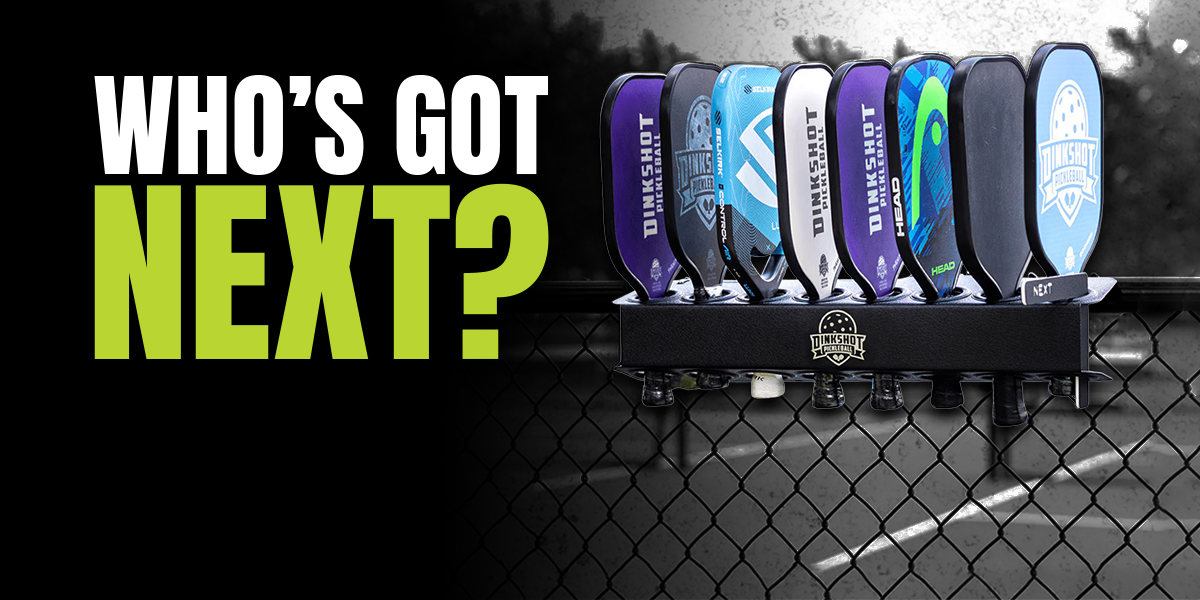
Naturally, I called the North Campus of the Naples YMCA to confirm this. Sure enough, the receptionist informed me that they use the same 4 on, 4 off system. The difference? They use a whiteboard instead of a paddle rack. Who knew open play systems could be so territorial?
What's Fair in Open Play?
The scuffle at the youth center boiled down to one group’s frustration with the system. They wanted to play as a team of four against another team of four, but the presence of single players (guilty as charged) meant that perfect groups of four were often split up. For them, it was a nuisance. For the rest of us, it’s just how open play works.
I get it. You want to play with your friends. But here’s the thing: it’s not about you. Open play is designed to be inclusive, giving everyone a fair chance to participate. If you’re set on playing exclusively with your group, there are courts you can reserve for a fee. Open play, however, is a community event. If we always catered to pre-formed groups, single players would never get a chance to play. What’s the fun in that?
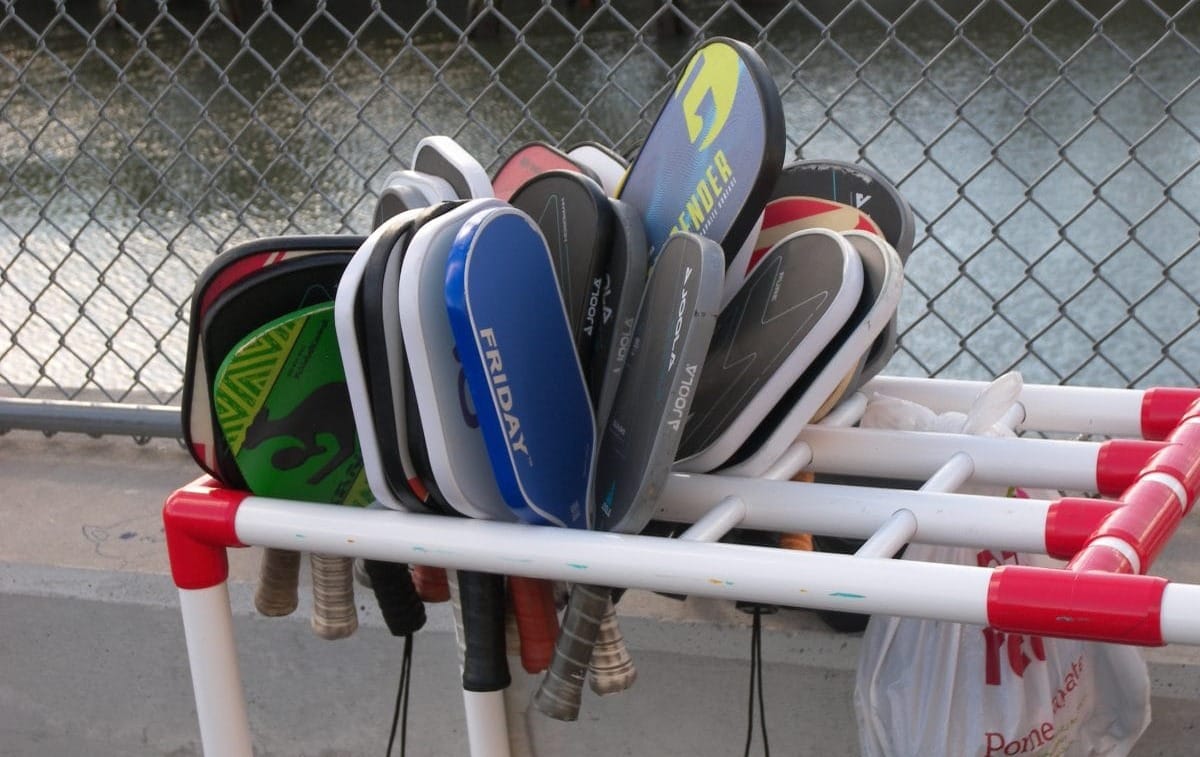 Nightmare Scenario for Most Pickleball Players
Nightmare Scenario for Most Pickleball PlayersThe Internet Weighs In
Aside from getting a kick out of watching grownups have a go at each other over something one learns in kindergarten, taking turns, it got me thinking more about the system of open play and what rules people follow around the country.
After consulting Reddit (the next best thing if you can’t interview people on the ground from every part of the country) I found the most common method of ensuring everybody gets some playing time truly seems to be 4 on, 4 off.
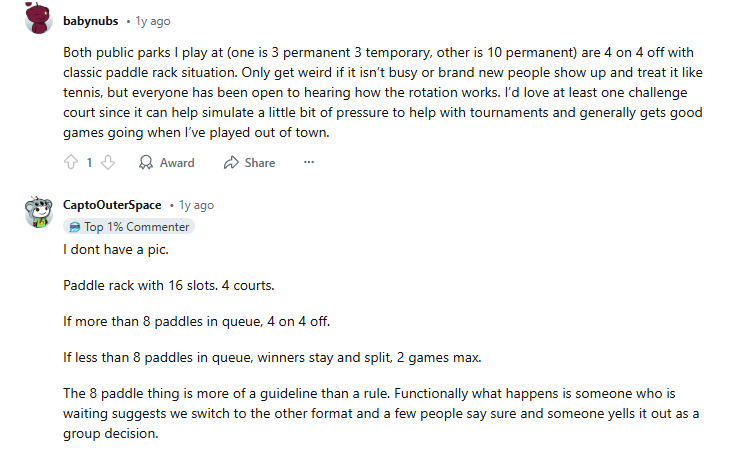
This can be reduced to 2 on, 2 off if fewer people are in line. Some courts even allow the winning team to stay on if not too many people are waiting.
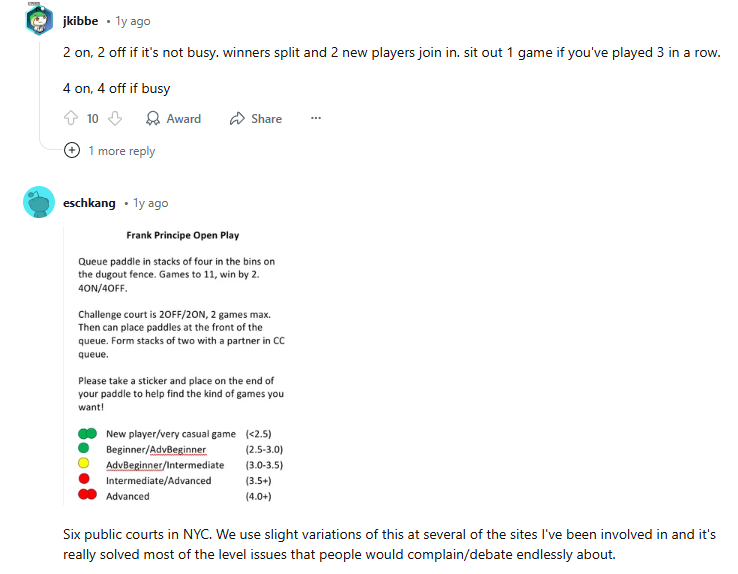
Pickleball Etiquette Is Still Evolving
As with any rapidly growing sport, pickleball is experiencing its share of growing pains, and etiquette is one of them. Unlike tennis, which has had decades to iron out its social norms, pickleball is still figuring itself out. That’s fine, but can we all agree to be nice about it?
One Man’s Guide to the Dos and Don’ts of Pickleball Etiquette
Relatively new to pickleball and aren’t sure of the unwritten rules and etiquette? Johnny Barth has you covered.
 The Dink PickleballJohnny Barth
The Dink PickleballJohnny Barth
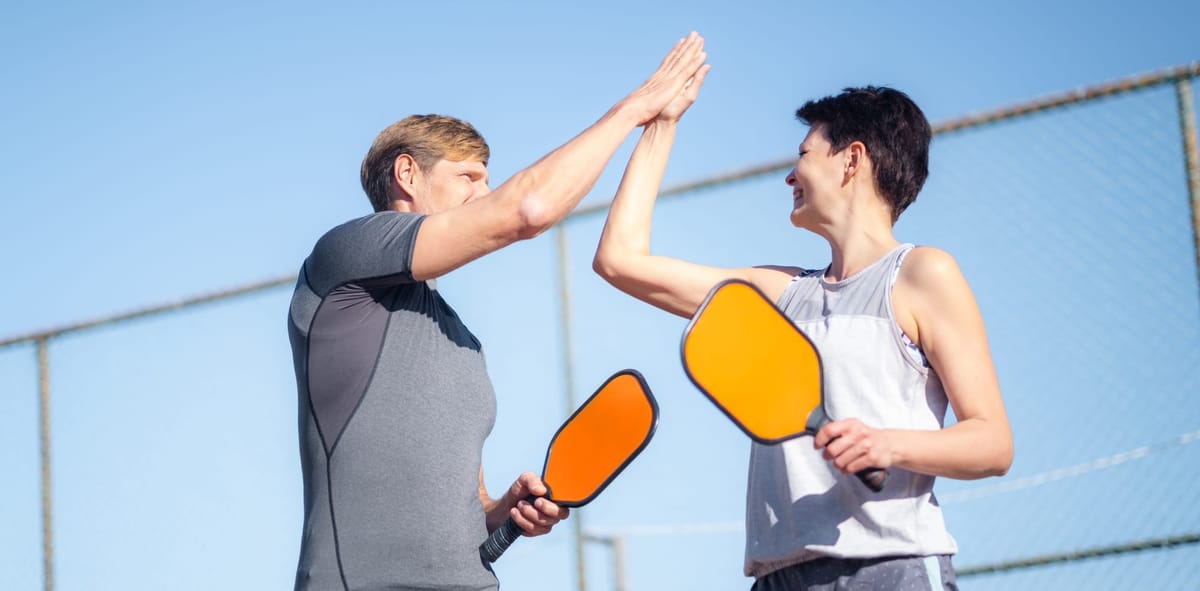
According to my deep dive on Reddit (the go-to source for all things pickleball), the 4 on, 4 off system is the most common nationwide. Some courts adapt it to 2 on, 2 off during quieter times, while others let the winning team stay on if there aren’t too many people waiting. But the overarching theme is fairness: take turns and keep the games moving.
The lesson here is simple: open play is a shared space. If you’re not willing to adapt, you’re missing the point of what makes pickleball special—its community.
Rules and Fair Play Win the Day
As for the Coral Gables scuffle? I’m happy to report that a few players jumped in to support the court monitor, and the instigators eventually backed down. Rules and fair play triumphed, and everyone got their turn.
At the end of the day, pickleball isn’t about paddle racks, whiteboards, or who wins the most games. It’s about coming together, playing fair, and enjoying the game—even if we all need a refresher on kindergarten rules. So, take turns, play nice, and remember: no one likes a line-cutter.
Anuncie Aqui / Advertise Here
Sua marca para o mundo Pickleball! / Your brand for the Pickleball world!

 English
English  Spanish
Spanish  Portuguese
Portuguese  German
German  Italian
Italian  Japanese
Japanese  French
French  Polish
Polish  Russian
Russian  Netherlands
Netherlands  Hungarian
Hungarian  Turkish
Turkish  Videos
Videos 


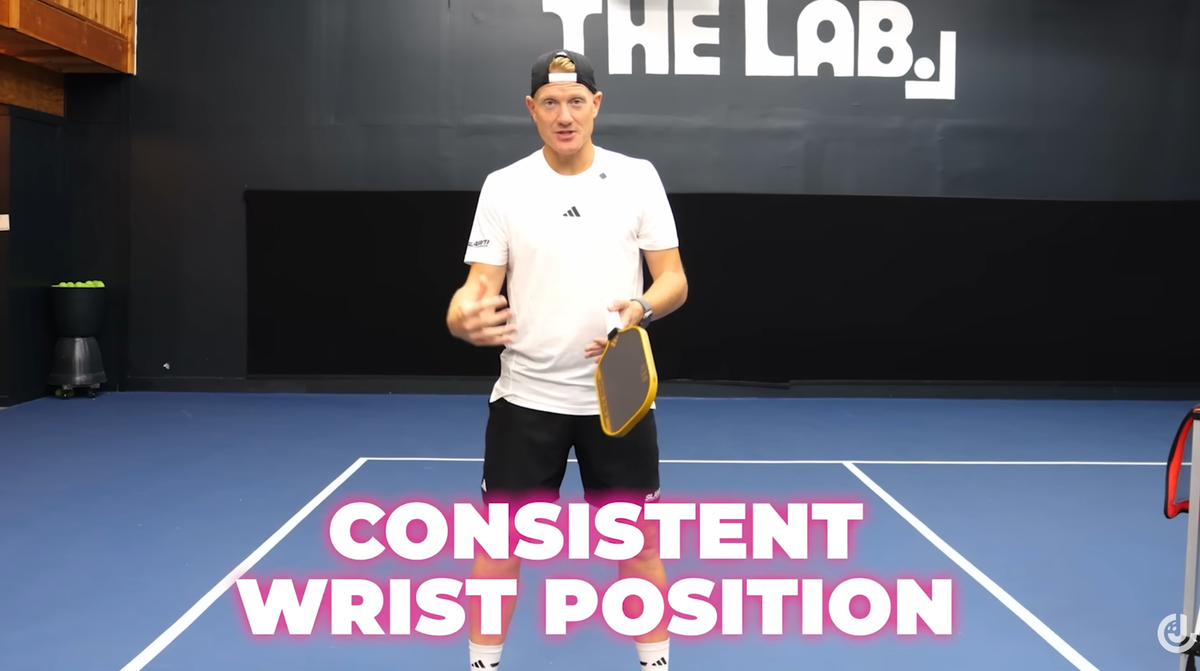





 English (US) ·
English (US) ·  Portuguese (BR) ·
Portuguese (BR) ·